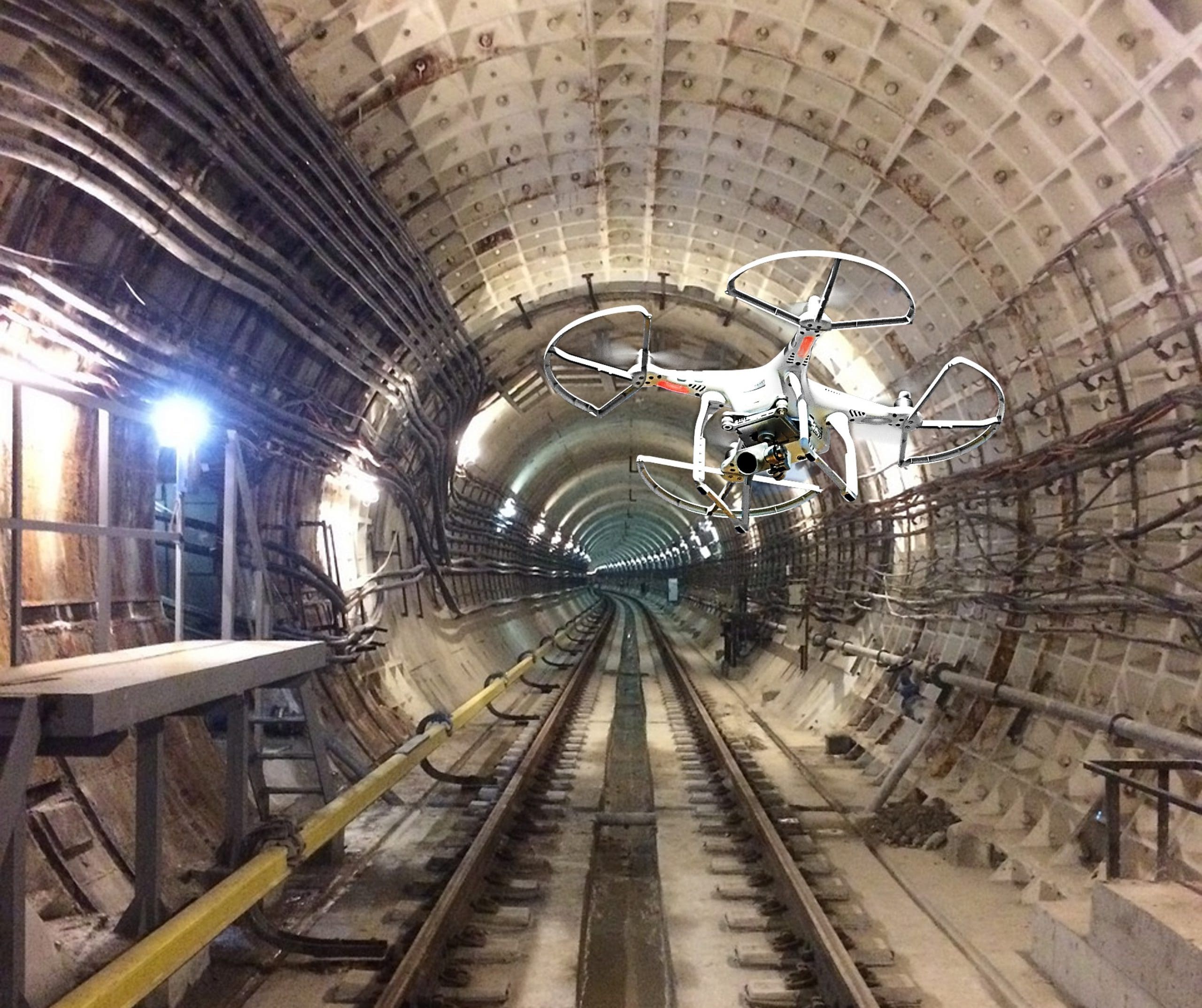This post is also available in:
 עברית (Hebrew)
עברית (Hebrew)
Researchers from CMI have tested a new technology for drones that lets them smartly maneuver and travel while avoiding obstructions during flight. The team recently tested their developments at an operational Japanese tunnel construction site.
This teal-life test showed the drones were capable of estimating potential collision points and taking preventive measures, demonstrating the practical effectiveness of the team’s technology in enhancing safety within construction sites.
According to Interesting Engineering, this new technology was developed to effectively use drones in life-saving search and rescue operations, and also for dependable package deliveries. Both tasks require the ability to navigate through dynamic environments seamlessly and safely.
Introducing unpredictable moving obstacles to UAV maneuvering brings complexity and challenge, which becomes especially pronounced in indoor settings where the absence of GPS signals increases the difficulty.
The test objective was for the drones to effectively navigate through a live Japanese tunnel construction site while steering clear of potential collisions with mobile human workers. They did that by capturing the 3D shape of the tunnel excavation site and comparing real-time data with the planned design information. Furthermore, to anticipate the trajectory of mobile entities like tunnel workers, the team introduced an innovative real-time system that utilizes a 3D hybrid map to consider the stationary surroundings while concurrently monitoring dynamic obstacles.
The integrated system empowers drones to estimate potential collision points and take proactive measures to avoid them- an analysis that helped identify which sections of the tunnel were already finished and which areas required additional work, all without exposing workers to potential risks.
The team claims that this is the first time 3D scanning with an autonomous drone has been done in dynamic, under-construction tunnel environments, and believes the technology will have a significant impact on enhancing the safety of workers on construction sites.


























